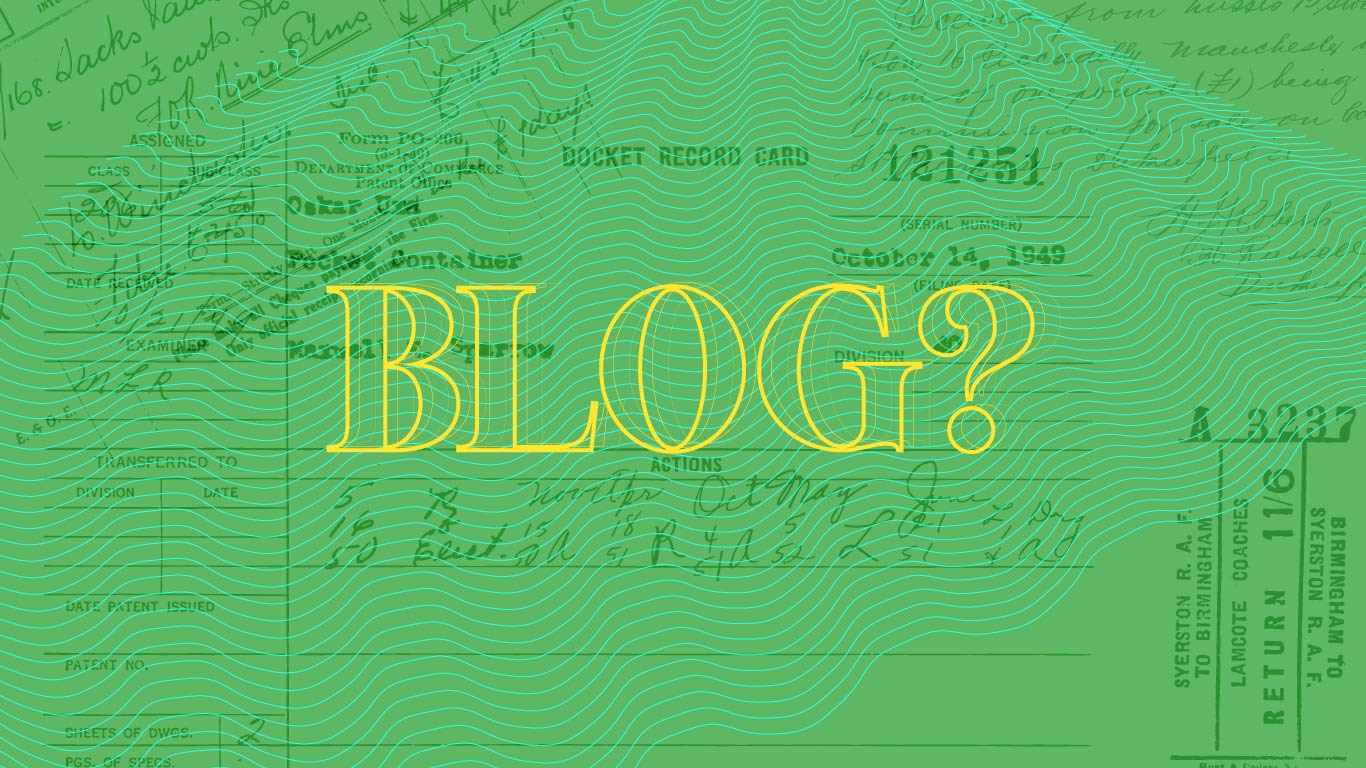Whether it’s Coca-Cola red, Nivea blue or Telekom’s bright magenta – many brands are so closely associated with their color that a single glance is enough to recognize them. But why is that? What role do colors play in corporate design – and how is a suitable color palette developed for a brand in the first place?
As a branding agency, we explain the basics of color psychology in this article and show you how colors are used specifically in branding to strengthen recognition, emotions and brand identity.
And if you are interested in the topics of branding and corporate identity, please also read our article Corporate identity and branding: more than just a nice logo.
Color as a brand ambassador
Colors are more than just a design detail. They make a significant contribution to how a brand is perceived – consciously and unconsciously. They convey values, trigger emotions, provide orientation and ensure recognition.
A strong example: the iconic T-Mobile magenta is not only protected today, but also immediately evokes associations with dynamism, technology and energy. The same applies to Ikea’s blue and yellow: the iconic color combination immediately radiates Swedish reliability and practicality.
Colors are therefore an integral part of corporate identity – and in the best case can communicate a brand wordlessly.
Color psychology: What colors say about your brand
Color psychology investigates which emotions and associations colors evoke. Even if cultural differences play a role, many meanings have become established in the brand world:
- Blue: trust, seriousness, calm
→ is often used for banks, insurance companies & tech brands - Red: energy, passion, urgency
→ a popular choice in the food industry and for attention-grabbing brands - Green: naturalness, sustainability, growth
→ strongly represented among organic, environmental and health brands - Yellow: optimism, creativity, warmth
→ is suitable for friendly, playful brands - Black: elegance, strength, exclusivity
→ often used by luxury or fashion brands - Violet: individuality, creativity, spirituality
→ used for brands with artistic or unusual aspirations
Important: Colors do not work in isolation. Their effect only unfolds in combination with other elements – and in the right context.
How do we as a branding agency develop the colors for your corporate design?
1. analysis & brand identity
The first step is to define the brand values and personality together: Is the brand playful or serious? Innovative or traditional? Approachable or exclusive?
These properties are then transferred to visual means – including colors.
2. target group & market environment
Colors must not only match the brand, but also the target group. And this is where we bring color psychology into play: While a cool blue signals seriousness for a management consultancy, the same color might seem inappropriate for a children’s fashion label.
However, we also take a look at your competitors: Which color worlds dominate the market – and where can you stand out?
3. define primary and secondary colors
Most brands work with one set:
- Primary color(s): Main color of the brand – e.g. logo, key visuals, website
- Secondary colors: complementary colors for accents, surfaces, illustrations
- Neutral colors: often gray and beige tones used typographically and as background colors
With the help of our knowledge of color psychology and our experience as a branding agency, we develop a balanced color palette that is not only harmonious, but also versatile – both online and offline.
4. test application examples
What effect does the color have on a business card? On social media? In combination with text? As a branding agency, we know: Colors must work across all media. That’s why we test the color palette in realistic use cases before we finalize the colors. What is important here is good legibility, contrast values, accessibility – and technical feasibility in CMYK, RGB and web colors.
Choosing the right colors in corporate design is therefore not a gut feeling, but part of a strategic branding process. A good color palette results from the combination of brand essence, target group, positioning and visual differentiation.
Color design is no coincidence
Choosing the right colors determines whether a brand appears professional, unique and credible. A coherent color concept contributes to the overall image – and anchors brands in the minds of the target group.
A good branding process doesn’t just question “what color looks nice”, but rather: Which color fits the brand, the message – and the perception of the people out there?
So if you, as a founder, commission us with your branding and then ask yourself why we didn’t choose your favorite color for your color palette: No, it’s not because we didn’t listen to you, but usually because your favorite color doesn’t automatically reflect the message of your brand.
Conclusion: Color works – even in the long term when used in a targeted manner
Colors can create trust, trigger emotions and guide decisions. They are a powerful tool in brand building – and much more than just “creative mood”.
If you want to position your brand clearly, a well thought-out color concept is essential. As a branding agency, we help you to find colors that suit you, your offer and your customers – and to use these colors sensibly in the corporate design of your brand.
Are you planning a brand identity or want to refresh your corporate design? Then let’s find out together how your brand speaks in color.






